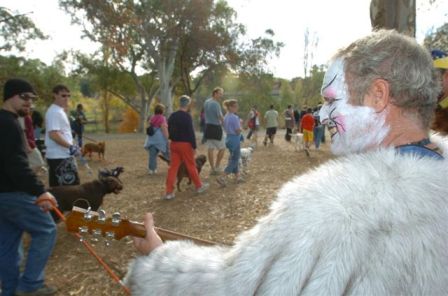
The SHineSA Sexual health Awareness week (SHAW) event 'Understanding Gender' was held last week with over 40 attendees from organisations thrioughout Adelaide.
The workshop outline was:
Introduction
“Why is it that so much research shows that gender is one of the key issues in addressing young peoples sexual health”? Ø
Model
Accepting and Resisting
Statistics
Review model
‘rewards’ for accepting and resisting
Somersault
Personal History
Conclusion and evaluation
Two main points of the workshop were:
1) Understanding gender is one of THE keys to the sexual health issues facing young people through out the world.
2) A model of gender to help this understanding was presented ( and can be viewed below).
•Gender Model, a work in progress
•Formulated by Ralph Brew, Jane Flentje and Lud Allen, January/February 2007.
Key Reference: Wilchins, Rikki (2004) Queer Theory, Gender Theory; an instant primer, Alyson Publications, California
Here are some notes to help understand the model:
•Gender Expression refers to the manifestation of an individual’s fundamental sense of being masculine or feminine through clothing, behaviour, grooming, etc.
•Gender Identity refers to the inner sense most of us have of being either male or female.
Key Reference: Wilchins, Rikki (2004) Queer Theory, Gender Theory; an instant primer, Alyson Publications, California
•Gender Identity is about the degree to which one identifies (or not) with the biological sex to which you are born and the expectations of people of that biological sex in society.
•This can be anything from identifying more closely with the physical body of the same (or opposite sex) to celebrating (or loathing) aspects of the ways in which men or women tend to behave and relate to others.
•Our gender identity will be heavily influenced by the ways in which other’s perceive our gender and the penalties and rewards we experience as a result.
•Gender expression is about ways in which we express our gender both deliberately & consciously as well as unconsciously.
•Gender expression might be stereotypically “masculine” or “feminine” but can be anywhere on a continuum between these extremes.
•Gender expression is more realistically a personal, individual grab-bag blend of what some may be considered to be “gendered” qualities.
•These blends will shift over time from day-to-day and from one life-phase to the next.
•Our gender expression will be heavily mediated by the rewards & penalties which are imposed and expected from our culture and society.
•Our experience of gender does not exist in a vacuum and will be different from person to person.
•We exist in a culture, family, institutions which value different forms of gender expression and identity above others.
•Our ability to have a healthy gender identity and to freely express our gender consciously or unconsciously is influenced by both rewards and penalties.
•Our gender is therefore a dynamic quality which involves rewards and penalties for accepting and resisting the expectations of others around our biological sex.
•Risks and penalties may appear similar but both rewards and penalties carry risks to ourselves and the broader community.
The model was then used to help deconstruct a scene from the movie Somersault.
Finally the workshop moved from the theoretical and 3rd person to a more personal critique of how each one of us is programmed by the same factors that are explored through the model. and... how each of us may empower or disempower the people wer work with based on our own gender assumaptions and unconciouss actions.






No comments:
Post a Comment